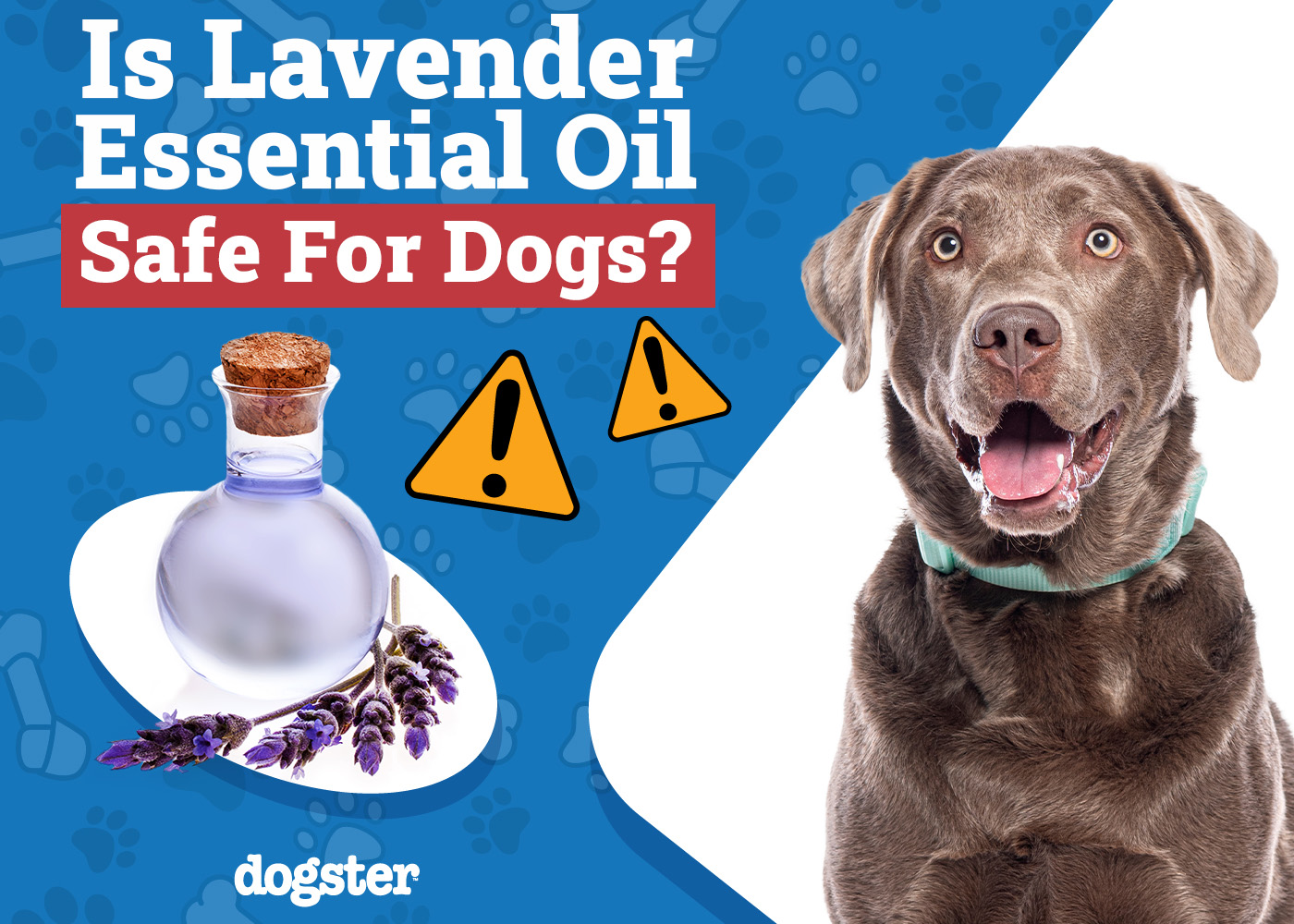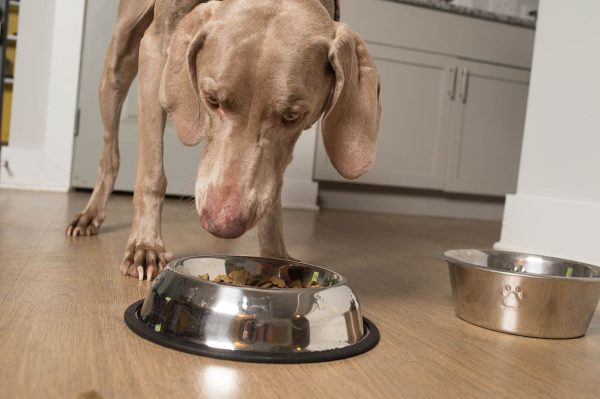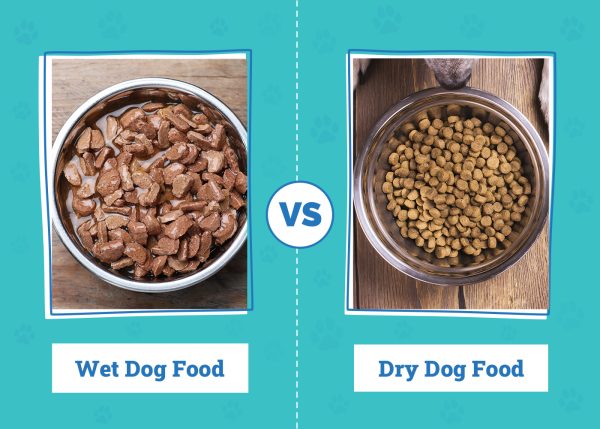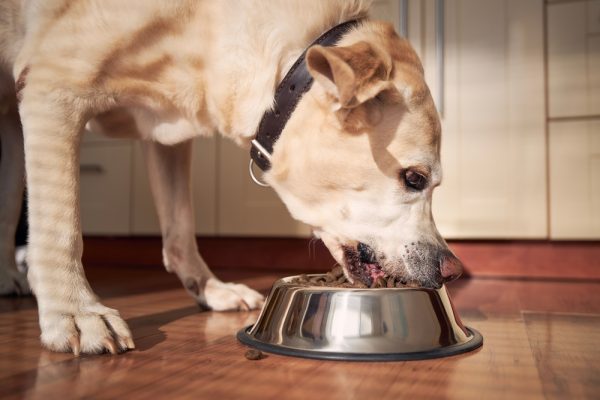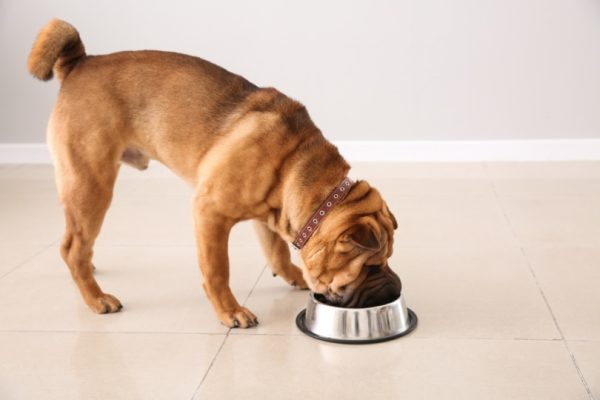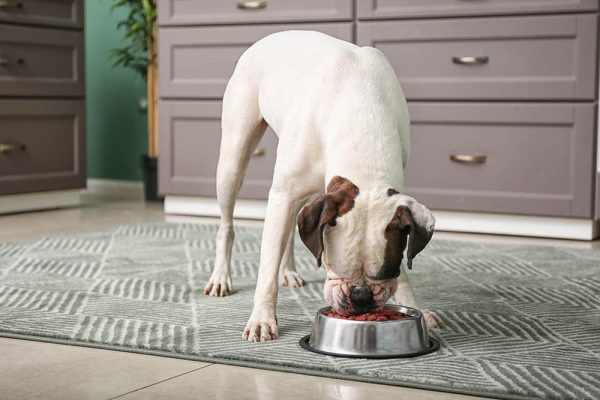In this article
View 4 More +Disclaimer: The information about these products has been fact-checked by one of our licensed veterinarians, but the purpose of this post is not to diagnose illness or prescribe treatment. The views and opinions expressed are not necessarily those of the veterinarian. We recommend contacting your pet’s veterinarian before purchasing any product from this list.
If you’re a fan of essential oils or have just recently noticed how popular they’ve become, you might wonder if they’re something your dog might benefit from. Lavender essential oil is considered to be the safest option for your dog, and there are said to be many benefits to using it. However, it must not be ingested by dogs and is only for topical use or use by diffusion.
Lavender essential oil is toxic to dogs if ingested. You must know how to prepare and use it to keep your dog safe. We will discuss how essential oil benefits your pup and how to use it safely.

What Are Essential Oils?
Essential oils are compounds that have been extracted from plants. The aroma of a plant (in this case, lavender) is captured through cold pressing and combined with a carrier oil.
You might be familiar with them being advertised as a natural treatment option and can be used for skin conditions and anxiety. However, natural doesn’t always mean it’s safe, and risks can be associated with the incorrect use of essential oils.

Some Things to Consider Before Using Lavender Essential Oil
Before using lavender oil around your dog, we recommend contacting your vet first. Your vet knows your dog well and will be able to recommend whether they think lavender oil is a good treatment option for their anxiety and stress. They may be able to refer you to a vet who specializes in alternative therapies.
- Allow your dog to leave: Don’t confine your dog in the room with the smell; allow them to escape if they are uncomfortable or need fresh air.
- Dilute it: Dogs have a better sense of smell than humans. So, while we can enjoy the strong aroma, it could be overwhelming for a dog. The smaller the pet, the more the oil must be diluted.
- Keep at a safe distance: A dog might want to investigate the smell, so you should keep it somewhere your dog can’t reach. When applying it to their skin, it’s important to do so where your dog can’t lick it off.
- Start slow: When introducing something new to your dog, always use small amounts so you can gauge their reaction and catch signs of an allergic reaction or side effects.
The most common adverse effect you’ll likely notice is skin irritation, but most responses subside within 24–48 hours with plenty of fresh air and proper dilution. When picking the right essential oil, it’s important to read the directions and ingredients list carefully. Try to avoid essential oil that includes fillers or artificial ingredients.
Benefits of Lavender Oil
It is important to point out that we were unable to find large-scale, good-quality studies into the uses and safety of lavender essential oils for dogs. Much of the information is anecdotal; however, there are some small studies into relaxation and wound healing effects.
There are several claimed benefits to using lavender oil: it can help with inflammation, itching, and irritation in dogs and can also be useful for muscular issues, skin issues, insomnia, wound healing, fungal infections, cardiac issues, high blood pressure, and anxiety. Other reported benefits also include the following:
- Anti-fungal and antibacterial agents: You can apply lavender oil as a preventative measure. However, taking your pet to the vet is important if they have already developed a fungal or bacterial infection.
- Insect repellent: Diluting lavender oil and applying it to your dog’s collar is said to reduce the risk of bites from ticks or fleas.
- Soothes irritated or itchy skin: Make sure your dog can’t reach the oil, but lavender can be soothing and relieve a persistent itch.
- Promotes a calming effect: A common use of lavender is to relieve stress or help your dog relax.

How to Use Lavender Oil
Depending on why you are using it, there are different ways your dog may benefit from lavender oil. You could add oil to a diffuser or massage a drop of oil into your dog’s fur. If your aim is to use it for aromatherapy purposes, you could add it to a bandana and tie it around your dog’s neck.
It’s important to watch your pet closely if it’s the first time you’re using lavender oil. If you notice any worrying signs, contact a vet for advice on next steps.
The signs of an adverse reaction to essential oil include:
- Changes to heart rate
- Decreased respiratory rate
- Excessive drooling
- Gastrointestinal discomfort (diarrhea or vomiting)
- Inappetence
- Lethargy
- Liver failure
- Neurological signs like shaking or staggering


Safe and Unsafe Essential Oils
It’s tempting to look into other essential oils you can use once you have had a successful experience with one. However, not all essential oils are safe for your dog, so we’ve listed the safe and harmful ones below.
Safe for Dogs:
- Cardamom
- Chamomile
- Frankincense
- Lavender
Unsafe for Dogs:
- Cinnamon
- Clove
- Pennyroyal
- Peppermint
- Pine
- Ylang-Ylang

Conclusion
It is thought to be safe for dogs to use lavender oil if you dilute it and limit where you’re applying it. It should never be applied where your dog can lick it off or near wounds. Lavender is toxic to dogs when ingested. However, we recommend contacting your vet before using the oil around your dog. Whether you’re using it to calm your dog or prevent fleas and ticks, your vet may suggest a more effective alternative.
Related Reads:
- Black Currant, Evening Primrose & Borage Oils for Dogs (Vet Answer)
- Is Baby Powder Safe for Dogs? Vet Approved Safety Advice
Featured Image Credit: Madeleine Steinbach, Shutterstock
